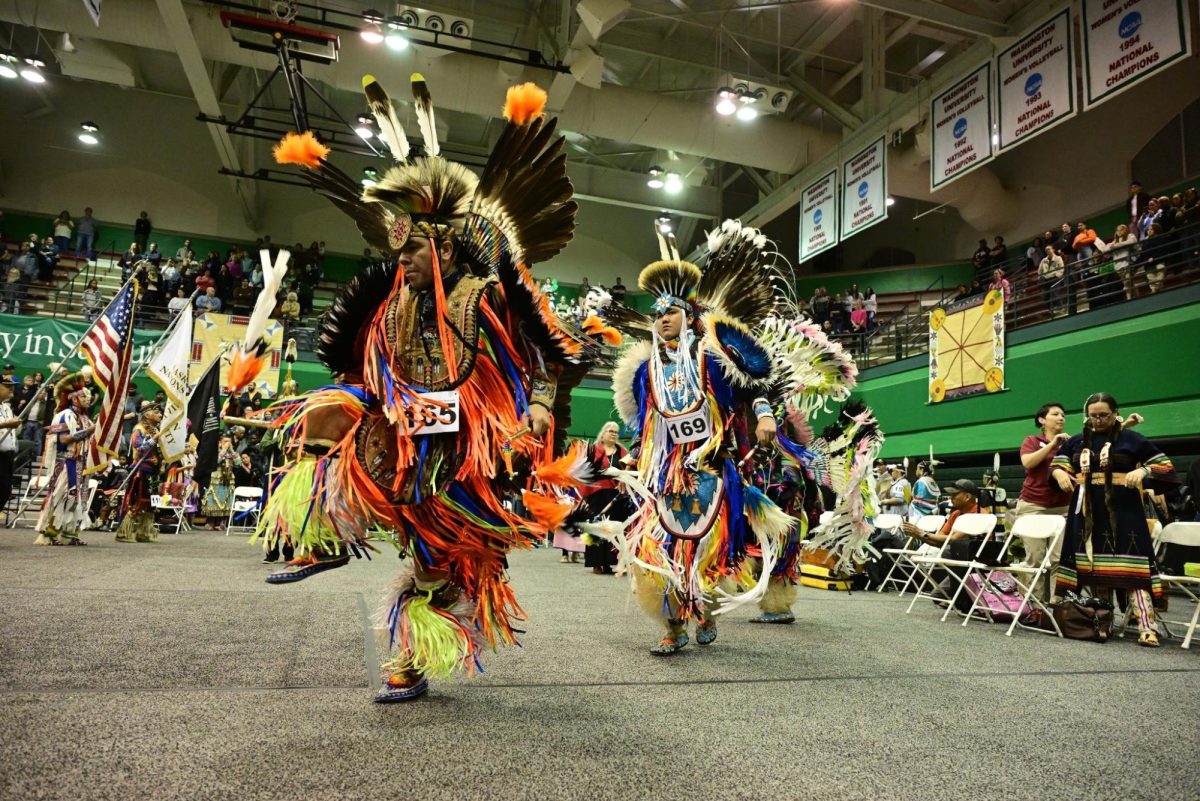 Clothing is everything; it keeps your warm, makes you feel good, shows off your fashion sense, and attracts others to you. However, a problem surrounding clothing continues to tug at many minds–but mostly mine.
Clothing is everything; it keeps your warm, makes you feel good, shows off your fashion sense, and attracts others to you. However, a problem surrounding clothing continues to tug at many minds–but mostly mine.
The problem I’m talking about is when clothing becomes dictated by outside forces, like administration, authority figures, etc. When school administrators tell students how to dress students complain, but few take action.
Several weeks ago I read a TakePart article about a 16-year-old who took a stand against her new principal’s dress code which insisted that ‘Modest is hottest’ and ‘Boys will be boys.’ As a response to her principal, Marion Mayer posted a photo of herself wearing a black bikini top and holding a handwritten sign reading, “It’s Alright. You’re a boy” on Tumblr. Mayer’s response went viral and attracted a lot of attention–which it should.
Not only was the principal’s campaign sexist and misogynist, but it showed how administrators think it’s all right to tell students what they should wear and why. As I dug deeper into this story I found others that mirrored it–which made me question administration, the court system, and clothing.
Often schools preach to not disrespect others and treat them how you want to be treated, but impose strict dress codes that confine creativity and judge student clothing harshly. Clothing gives students another voice–possibly a voice administration doesn’t want them to have.
The American Civil Liberties Union website says, “People express themselves through their dress just as they do through their speech. So, the First Amendment should protect student dress. However, school officials in many states claim dress codes are necessary to prevent gang activity, promote safety, and prevent distraction and disruption in public schools. The U.S. Supreme Court has not heard a case involving a challenge to a public school dress code or uniform policy.”
The U.S. Supreme Court has not heard a case over dress code or uniform policy because they have declined such cases.
On March 10, 2014 the Supreme Court declined a case that many news networks covered: the ‘I (heart) Boobies’ case.
On Breast Cancer Awareness day, the two students refused to remove their bracelets and they received an in-school suspension and weren’t allowed to attend the school’s Winter Ball. The two students sued the school and the case went all the way to the Third Circuit Court of Appeals in Philadelphia where nine out of fourteen judges sided with the students.
The school district wanted to keep the fight going, and the Supreme Court was their next step. But what the district didn’t see coming was the price tag that came along with the court case (estimated at $107,000) and the Supreme Court’s ability to decline furthering the batter.
In that example the students won, but in many cases students aren’t as lucky.
Another story that caught my attention came from Virginia where one 8-year-old tomboy was almost forced to dress more girly in order to attend school. Sunnie Kahle got a letter from a school saying that the way she dressed “disturbed the classroom environment,” and that if she did not alter her appearance she could not come back to the school. Kahlie and her family ultimately decided to not return to the school.
First schools are telling you how to dress, then they’re telling you what being a girl means. I applaud Kahlie and her family for standing up for themselves and not returning to that school. A school should accept and praise students on their individualism.
Schools should to be a safe places for students to learn and expand their horizons, not a place to be criticized for their clothing. Schools should be a place for students to learn, not a place for them to be told what to wear. Schools should focus on teaching, not preaching.
At Mehlville we have not had a big issue with administration and the dress code, but some students and schools aren’t so lucky.
In the words of Jarod Kintz, “I was going to change my clothes, but I changed my mind instead.”







